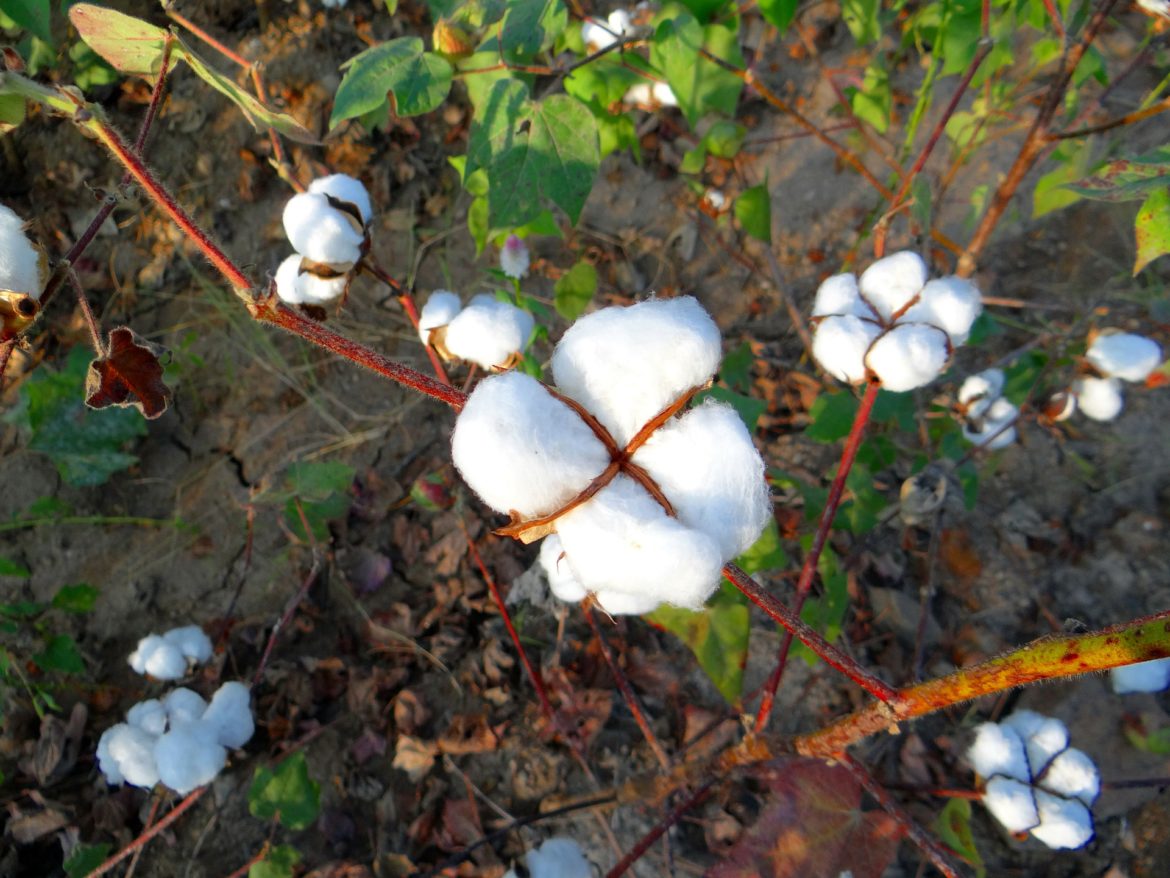
Get Involved in Changing the Apparel Industry!

A very brief introduction to apparel supply chains
Apparel supply chains are complicated, including multiple stages from raw materials to finished product. Typically each stage of the supply chain takes place in a different location, often a different country.
Cotton grown and ginned in one country may be sent to another country for spinning, dyeing, and weaving, and then on to another for final cut and sew production. This movement, along with the use of contractors and subcontractors throughout the supply chain, makes it very difficult to trace a piece of apparel through all these stages. And at any given stage workers could be exploited. Significant human rights abuses and poverty are rampant in apparel supply chains, including, as just a few examples, impoverished small-scale cotton farmers in West Africa and child workers in factories. Unsafe conditions in factories put workers at daily risk, as seem most tragically when the Rana Plaza collapsed in Bangladesh in 2013 killing over 1,000 workers. To learn more about apparel supply chains and the exploitation within them, visit our media library: http://fairworldproject.org/resources/further-reading/sweat-free-apparel/.
Alternatives
The good news is that there are apparel brands creating alternatives by investing in sustainable agriculture, ensuring fair payment to farmers, and creating decent work for workers, as well as advocating for policies and structures that would transform the entire sector. In apparel supply chains, the focus is often on the end of the supply chain, that is the final cut and sew factories. The source of raw materials is often ignored or only sought after for its perceived personal benefits, for example consumers who want only the “purest” cotton against their skin may choose organic cotton. Yet small-scale cotton farmers as well as animal fiber farmers are often extremely marginalized and paid poorly. Fortunately, many brands are starting to source cotton and other raw materials in a way that supports small-scale farmers. Some are even supporting farmers who practice regenerative agriculture to restore soil fertility while sequestering carbon as a way to address our climate crisis. Traditionally fair trade brands work with small-scale producers in the Global South, developing long-term relationships and fair payment. Because supply chains are so complex and expensive to develop, some brands focus on improving just one or two stages of the supply chain or addressing just one or two existing problems, but have a tremendous impact on the communities with which they work. Some brands are attempting to ensure their entire supply chain is fair, which often means developing new supply chains.
There is also a movement advocating for policy changes and cultural shifts that would change the sector by enforcing decent wages and working conditions for workers and emphasizing quality clothing over cheap “fast fashion.”
As a concerned consumer, here are a few ways you can be part of transforming the apparel industry.
#1 Look for Apparel Brands that Are Creating Alternatives
#2 Get Involved in Policy Activism
One of the most pressing issues that may affect the apparel sector globally is the passage of free trade agreements like the Trans Pacific Partnership (TPP). The TPP would drive the “race to the bottom” and encourage brands to shift apparel production to countries with the lowest wages and lowest human rights protection. This means fewer decent jobs for working families in all countries. It also makes it more difficult for ethical brands who do produce socially and environmentally sustainable apparel to compete.
It is important for individuals to oppose the TPP and let your representatives in Congress know you want a fair trade policy instead of corporate profit driven trade policies like the TPP. It is also important for brands to stand up and demand a trade policy that allows a fair marketplace and protects farmers and workers throughout their supply chains. Some fair brands like Maggie’s Organics and Mata Traders have already publicly opposed the TPP. Their leadership should inspire other brands to take similar action.
Here’s how you can help.
- Let your Senators and Representative know that you oppose the TPP as currently written and that you expect a fair trade policy instead. Visit our action page to send a letter to Congress.
- You can also call Congress to voice your concerns.
- Ask your favorite apparel brand where it stands on TPP. If it has not publicly opposed TPP and taken a stand for a trade policy that protects workers and small-scale producers, demand that it does.
#3 Support the Fashion Revolution
Fashion trends move quickly, encouraging consumers to expect cheap clothes that may only last a season and brands to pressure supply chains to work quickly and cheaply to turn around the next line of clothing. There is now a movement to break this cycle and create a new climate in which quality and fairness are valued over fast and cheap.
Groups like Fashion Revolution are leading the call for consumers to think about fashion differently so that we can transform the industry into one that is more transparent and values the people who work in it.
Other organizations, for example International Labor Rights Forum, launch campaigns directed not at consumers, but at the businesses within the supply chain itself to demand more transparency and fairness. In addition to shifting your purchases and getting involved in policy advocacy, you can get involved with these campaigns to change the way we as consumers as well as brands, factory owners, designers, and others in the apparel sector view our relationship to clothes and start to prioritize people over profits in the apparel industry.
